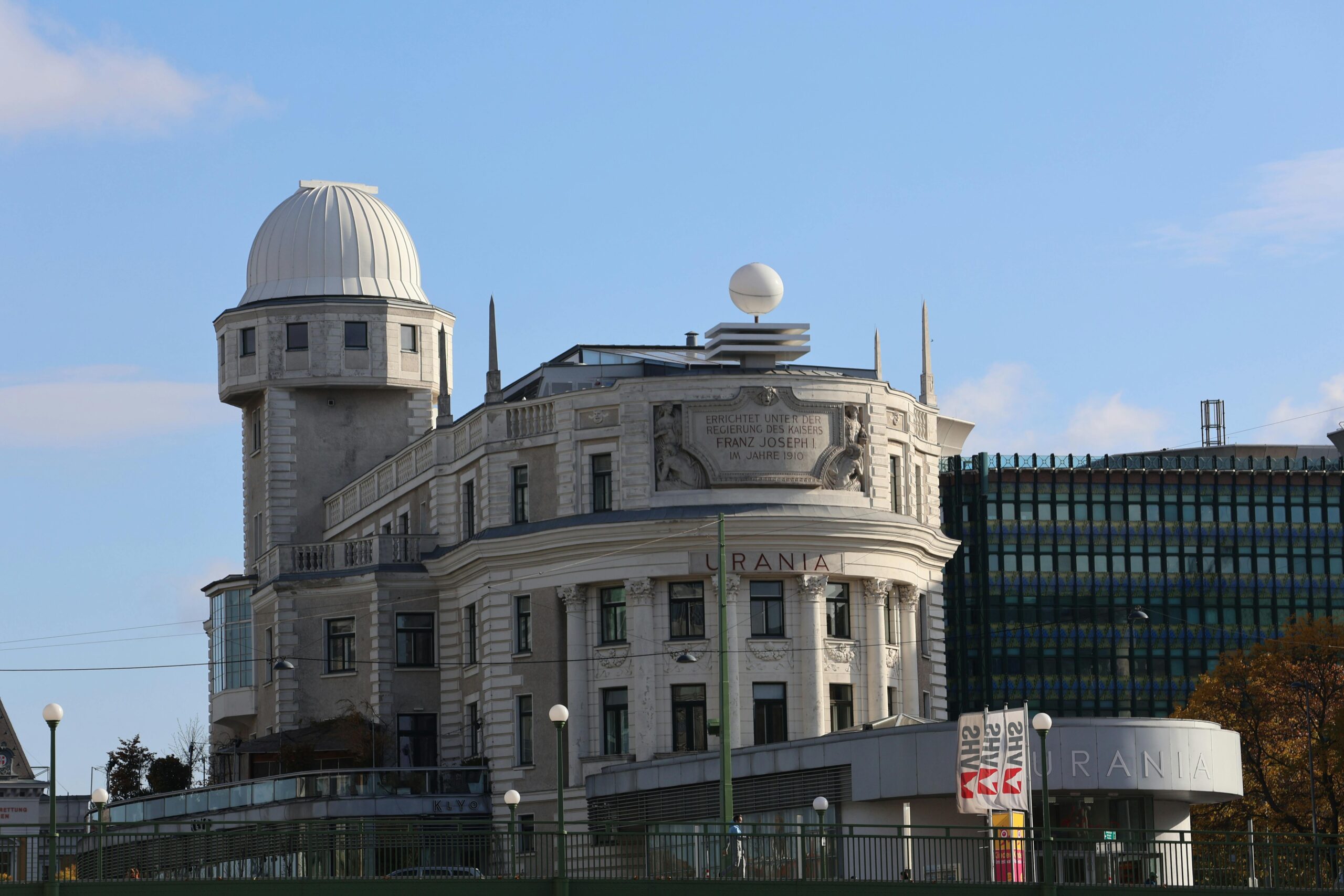Regenerative therapies are transforming healthcare while creating unprecedented economic opportunities that extend far beyond traditional medical treatments and wellness approaches.
💰 The Rising Tide of Regenerative Medicine Economics
The global regenerative medicine market has exploded from a niche scientific curiosity into a multi-billion dollar industry reshaping healthcare economics. Current market valuations exceed $50 billion, with projections suggesting this figure could triple within the next decade. This astronomical growth reflects not just medical innovation, but a fundamental shift in how societies approach health, aging, and quality of life.
Regenerative therapies encompass stem cell treatments, tissue engineering, gene therapy, and advanced biologics that aim to repair, replace, or regenerate damaged cells, tissues, and organs. Unlike traditional medicine that manages symptoms, these approaches address root causes, potentially eliminating chronic conditions that drain healthcare budgets worldwide.
The economic implications extend across multiple sectors: pharmaceutical development, biotechnology research, medical device manufacturing, clinical practice, insurance models, and even real estate as specialized treatment centers emerge globally. Understanding these financial dynamics helps patients, investors, and policymakers navigate this transformative landscape.
🏥 Healthcare Cost Revolution Through Prevention
Traditional healthcare operates primarily on a reactive model—treating diseases after they manifest. This approach generates continuous costs through repeated interventions, medications, hospitalizations, and management of complications. Regenerative therapies promise a paradigm shift toward proactive, preventative care that addresses conditions before they become chronic and costly.
Consider diabetes, which costs the United States alone over $327 billion annually. Regenerative approaches using pancreatic cell regeneration or stem cell therapy could potentially cure diabetes rather than merely managing it. While individual treatments may carry substantial upfront costs, the lifetime savings from eliminating decades of insulin, medications, monitoring equipment, and complication management create compelling economic arguments.
Similar economics apply to conditions like arthritis, heart disease, kidney failure, and degenerative neurological conditions. Each represents massive ongoing healthcare expenditures that regenerative therapies could dramatically reduce or eliminate entirely.
The Investment Perspective on Longevity
Forward-thinking investors recognize that regenerative medicine doesn’t just treat disease—it extends productive lifespan. Healthy longevity creates economic value through extended workforce participation, reduced retirement healthcare burdens, and continued consumer spending from active seniors.
Countries facing demographic challenges with aging populations view regenerative medicine as potential economic salvation. Japan, Germany, and Italy—nations with rapidly graying demographics—are investing heavily in regenerative research to maintain economic productivity while managing healthcare costs.
💼 Employment and Industry Growth Opportunities
The regenerative medicine sector creates high-value employment across diverse disciplines. Biomedical engineers, stem cell researchers, genetic counselors, specialized surgeons, regulatory affairs professionals, and bioethicists represent just the beginning of career opportunities in this expanding field.
Manufacturing jobs emerge around production of biologics, cell culture facilities, cryopreservation systems, and specialized medical devices. These positions typically offer above-average wages and require skilled workers, contributing to economic development in regions that establish regenerative medicine clusters.
Educational institutions are responding with specialized programs in regenerative medicine, tissue engineering, and cellular biology. This academic expansion generates its own economic activity while preparing the workforce for industry demands.
Regional Economic Development Through Medical Tourism
Countries and regions positioning themselves as regenerative medicine destinations are experiencing significant economic benefits. Medical tourism for regenerative therapies brings international patients who spend on treatments, accommodations, local services, and often return for follow-up care.
Costa Rica, Thailand, Mexico, and certain Eastern European nations have developed reputations as affordable regenerative medicine destinations, attracting patients from higher-cost countries. This medical tourism generates foreign currency while supporting local healthcare infrastructure development.
🔬 Research Funding and Intellectual Property Wealth
The race to develop effective regenerative therapies has unleashed unprecedented research funding from government agencies, private foundations, venture capital, and pharmaceutical companies. This capital infusion supports university research programs, startup biotechnology companies, and collaborative research initiatives.
Intellectual property generated through regenerative medicine research represents substantial economic value. Patent portfolios covering stem cell techniques, tissue engineering methods, gene therapy protocols, and biomaterial innovations create licensing opportunities and competitive advantages worth billions.
Universities with strong regenerative medicine research programs benefit financially through licensing agreements, startup equity, and enhanced reputations that attract top talent and additional funding. This creates positive economic cycles where research success generates resources for further innovation.
Venture Capital and Public Market Opportunities
Investors seeking high-growth opportunities have poured capital into regenerative medicine companies. Early-stage venture funding supports promising research, while public markets offer opportunities for broader investor participation once companies reach commercialization stages.
Notable successes include companies developing CAR-T cell therapies for cancer, which have achieved billion-dollar valuations. These success stories fuel further investment and entrepreneurship in the sector, creating wealth for founders, employees, and investors while advancing medical science.
🌱 Personal Economic Benefits of Regenerative Health
For individuals, regenerative therapies represent potential economic advantages beyond improved health. Maintaining physical function and cognitive abilities longer extends earning capacity and reduces retirement healthcare expenses that can devastate personal finances.
Chronic conditions force many people into early retirement or reduced work capacity, significantly impacting lifetime earnings. A 50-year-old diagnosed with severe arthritis might face 15-20 years of reduced productivity before planned retirement. Regenerative joint therapy that restores function could preserve hundreds of thousands in earning potential.
Healthcare expenses represent the leading cause of bankruptcy in many countries. Regenerative treatments that eliminate chronic conditions reduce this financial vulnerability, protecting personal wealth accumulated over lifetimes.
Insurance Models and Payment Innovations
Traditional health insurance struggles with regenerative medicine pricing. High upfront costs for potentially curative treatments don’t fit neatly into annual premium models designed around ongoing care management.
Innovative payment structures are emerging to address this disconnect. Outcomes-based pricing ties payment to treatment success rather than procedure completion. Financing options spread regenerative therapy costs over time, making treatments accessible to broader populations.
Some insurers now recognize the long-term savings potential and have begun covering certain regenerative treatments. As evidence accumulates demonstrating cost-effectiveness, coverage expansion seems inevitable, further accelerating adoption and economic impact.
📊 Measuring Economic Impact Across Healthcare Systems
Quantifying regenerative medicine’s economic impact requires examining multiple metrics beyond simple treatment costs. Productivity gains from healthier populations, reduced caregiver burdens, decreased disability payments, and improved quality-adjusted life years all contribute to comprehensive economic assessments.
Healthcare economists use sophisticated modeling to project long-term economic effects of regenerative interventions. These analyses increasingly demonstrate favorable cost-benefit ratios, particularly for conditions with high ongoing management costs like heart failure, chronic kidney disease, and neurodegenerative conditions.
Early data from regenerative treatments already in use provide real-world economic evidence. Certain orthopedic regenerative procedures show reduced revision surgery rates and faster return to work compared to conventional treatments, demonstrating measurable economic advantages.
Public Health Economics and Population-Level Benefits
Population health improvements from widespread regenerative therapy access could dramatically impact national economies. Reduced chronic disease prevalence decreases healthcare system strain, freeing resources for other priorities.
Governments analyzing regenerative medicine economics must balance short-term budget impacts against long-term savings and productivity gains. Forward-thinking healthcare systems are beginning to invest in regenerative approaches as strategic economic decisions rather than purely medical ones.
🚀 Future Economic Projections and Market Evolution
Market analysts project continued explosive growth in regenerative medicine with compound annual growth rates exceeding 25% in some segments. Cell therapy markets, tissue engineering applications, and gene therapy commercialization all represent areas of particular economic opportunity.
Technology convergence accelerates this growth. Artificial intelligence optimizing treatment protocols, 3D bioprinting creating complex tissues, and CRISPR gene editing enabling precise interventions all expand regenerative medicine capabilities and economic potential.
As treatments become more standardized and scalable, costs should decrease while accessibility increases—a pattern observed in many medical technologies. This democratization will expand markets while delivering treatments to populations currently priced out, generating both humanitarian and economic benefits.
Emerging Markets and Global Health Economics
Developing nations increasingly view regenerative medicine as economic leapfrog opportunities. Rather than building expensive traditional healthcare infrastructure, some countries are investing directly in regenerative capabilities that offer better long-term economics.
China has made massive regenerative medicine investments, positioning itself as both a major market and innovation center. India’s biotechnology sector increasingly focuses on regenerative approaches suited to its large, cost-sensitive population. These emerging market dynamics will significantly influence global regenerative medicine economics.
⚖️ Regulatory Economics and Market Access
Regulatory frameworks profoundly impact regenerative medicine economics. Approval pathways determine development timelines, research costs, and market entry barriers—all critical economic factors for companies and investors.
Accelerated approval mechanisms for regenerative therapies addressing unmet medical needs can significantly reduce development costs and accelerate returns on investment. Conversely, uncertain or overly burdensome regulatory requirements deter investment and slow economic development.
Different countries employ varying regulatory approaches, creating economic incentives for companies to develop therapies in more favorable jurisdictions. This regulatory competition influences where regenerative medicine innovation occurs and which populations gain earliest access.
Reimbursement Landscapes and Market Viability
Even approved therapies face economic challenges without reimbursement from government healthcare programs or private insurers. Demonstrating cost-effectiveness to payers represents a critical economic hurdle for regenerative medicine companies.
Health technology assessment agencies evaluate new treatments using criteria including clinical effectiveness, safety, and economic value. Regenerative therapies must navigate these assessments successfully to achieve broad market access and realize commercial potential.
🌟 Strategic Personal Investment in Regenerative Health
Individuals can strategically approach regenerative medicine from both health and wealth perspectives. Staying informed about emerging therapies enables early adoption when appropriate, potentially gaining health benefits before treatments become mainstream.
Investment portfolios can include exposure to regenerative medicine through specialized funds, publicly traded biotechnology companies, or private investment opportunities for accredited investors. This allows financial participation in sector growth while supporting medical innovation.
Preventive health measures—proper nutrition, exercise, stress management, and avoiding toxins—preserve regenerative capacity, potentially enhancing responsiveness to future therapies while maintaining current health and economic productivity.

🔄 The Interconnected Future of Health and Prosperity
Regenerative medicine exemplifies how health and economic wellbeing intertwine increasingly inseparably. Medical innovations create economic opportunities while economic resources enable medical advances—a virtuous cycle benefiting individuals and societies.
As regenerative therapies mature from experimental procedures to standard care, their economic impact will deepen across healthcare systems, insurance markets, employment landscapes, and personal finances. Understanding these dynamics positions individuals, organizations, and nations to capitalize on opportunities while navigating challenges.
The transformation underway extends beyond treating disease to fundamentally reimagining human health potential and economic productivity. Those recognizing regenerative medicine’s dual health and wealth implications can make informed decisions aligning personal wellbeing with financial prosperity.
The regenerative medicine revolution offers unprecedented possibilities for extending healthy, productive lifespans while creating substantial economic value. Whether approached as patient, investor, healthcare professional, or policymaker, engaging thoughtfully with regenerative therapies positions stakeholders for success in this transformative era where revitalizing health directly contributes to building wealth and sustainable prosperity for individuals and societies alike.
Toni Santos is a longevity writer and regenerative medicine researcher dedicated to exploring how biology, technology, and ethics can extend healthspan. With a focus on cellular repair and anti-aging biotechnology, Toni examines how next-generation therapies translate lab breakthroughs into real-world vitality. Fascinated by stem cell science, telomere dynamics, and systems biology, Toni’s journey bridges research reviews, expert interviews, and clear public communication. Each article he shares aims to separate evidence from hype—helping readers understand what’s promising, what’s premature, and what truly supports long-term health. Blending molecular biology, clinical insight, and accessible storytelling, Toni investigates interventions that target the root drivers of aging. His work honors responsible innovation—prioritizing safety, transparency, and human wellbeing in the pursuit of extended healthspan. His work is a tribute to: Anti-aging biotechnology grounded in rigorous evidence Cellular rejuvenation pathways that restore function and resilience Stem cell and telomere research advancing ethical longevity care Whether you’re a clinician, researcher, or health enthusiast, Toni Santos invites you to explore the frontiers of regeneration—one discovery, one mechanism, one healthier year at a time.




